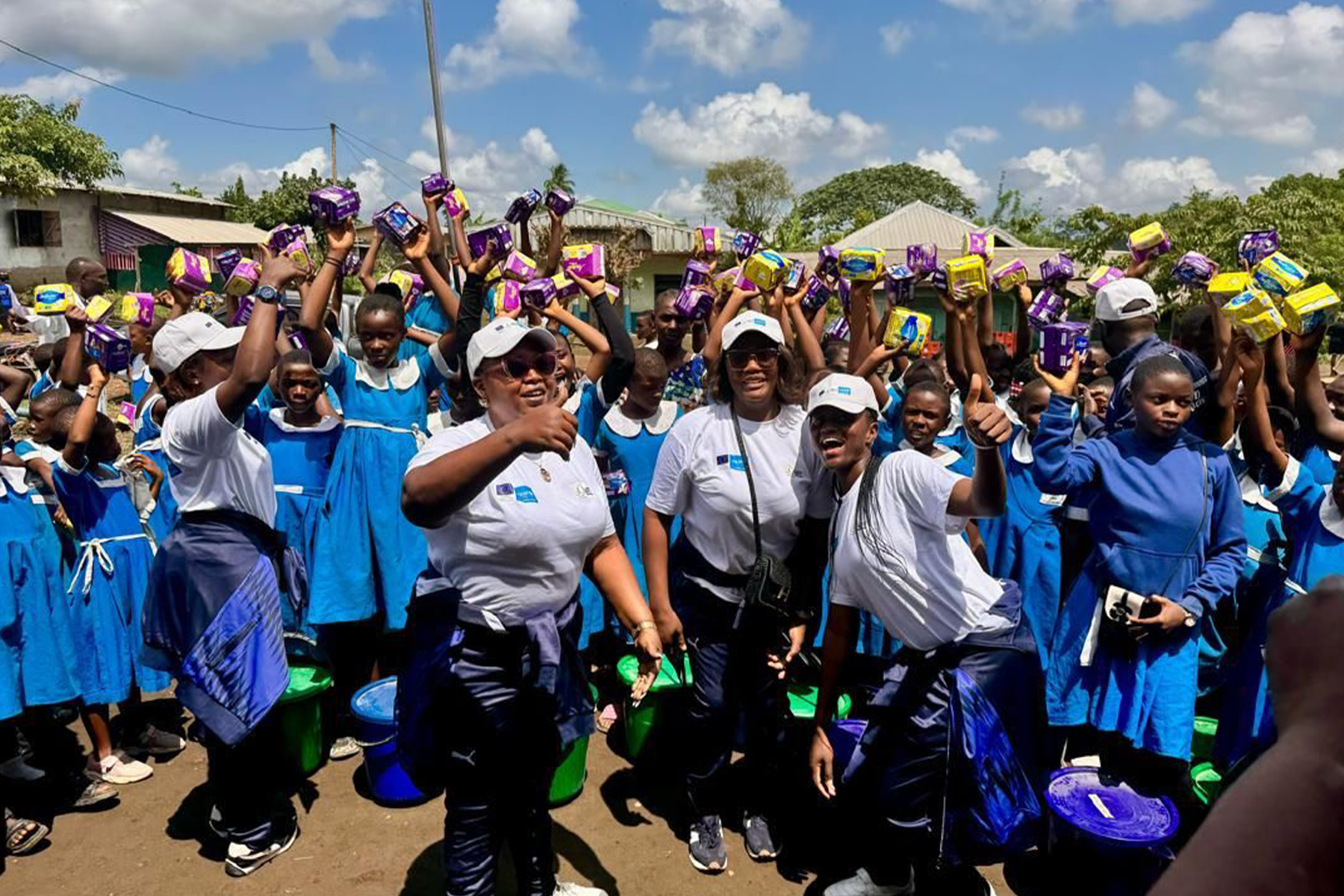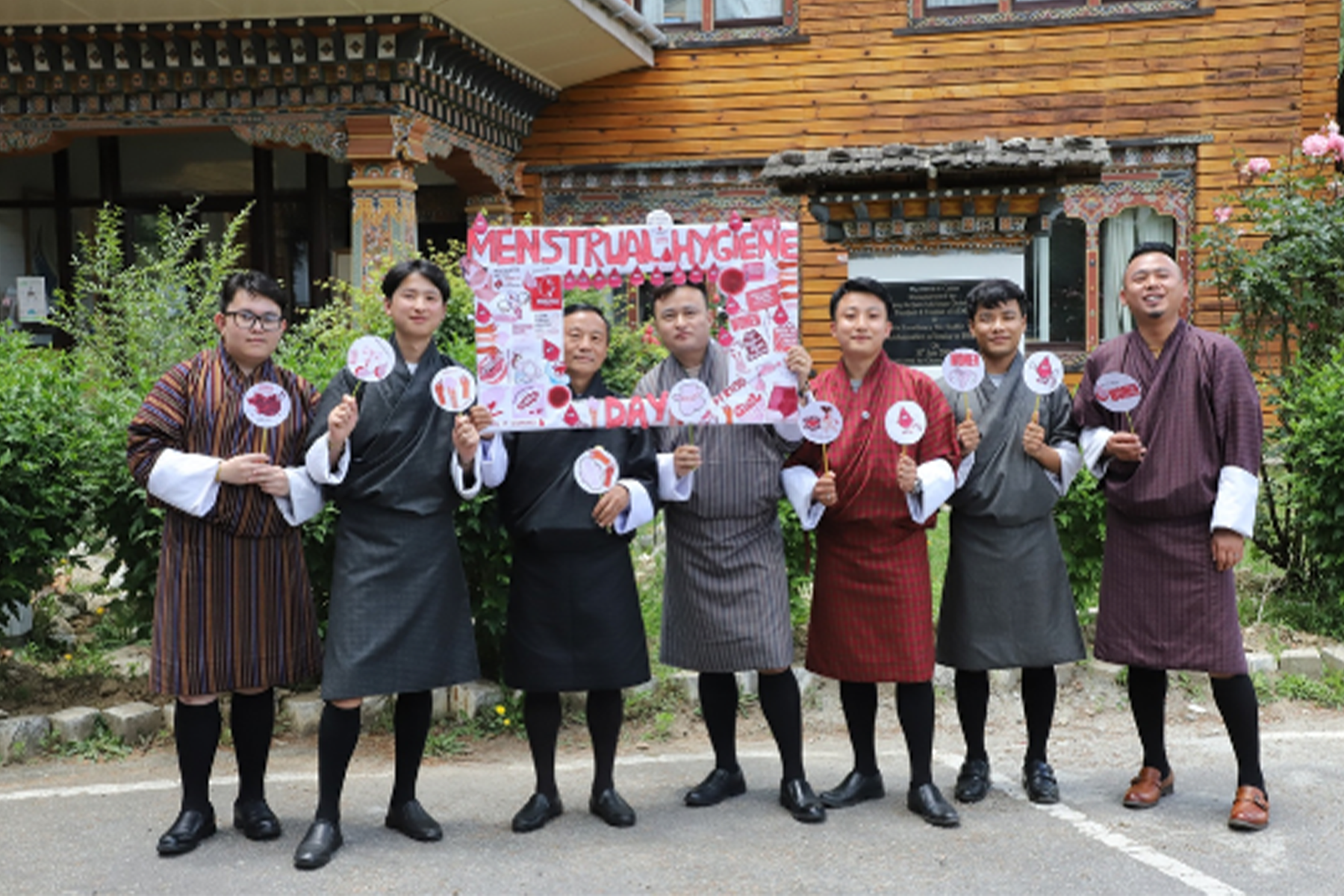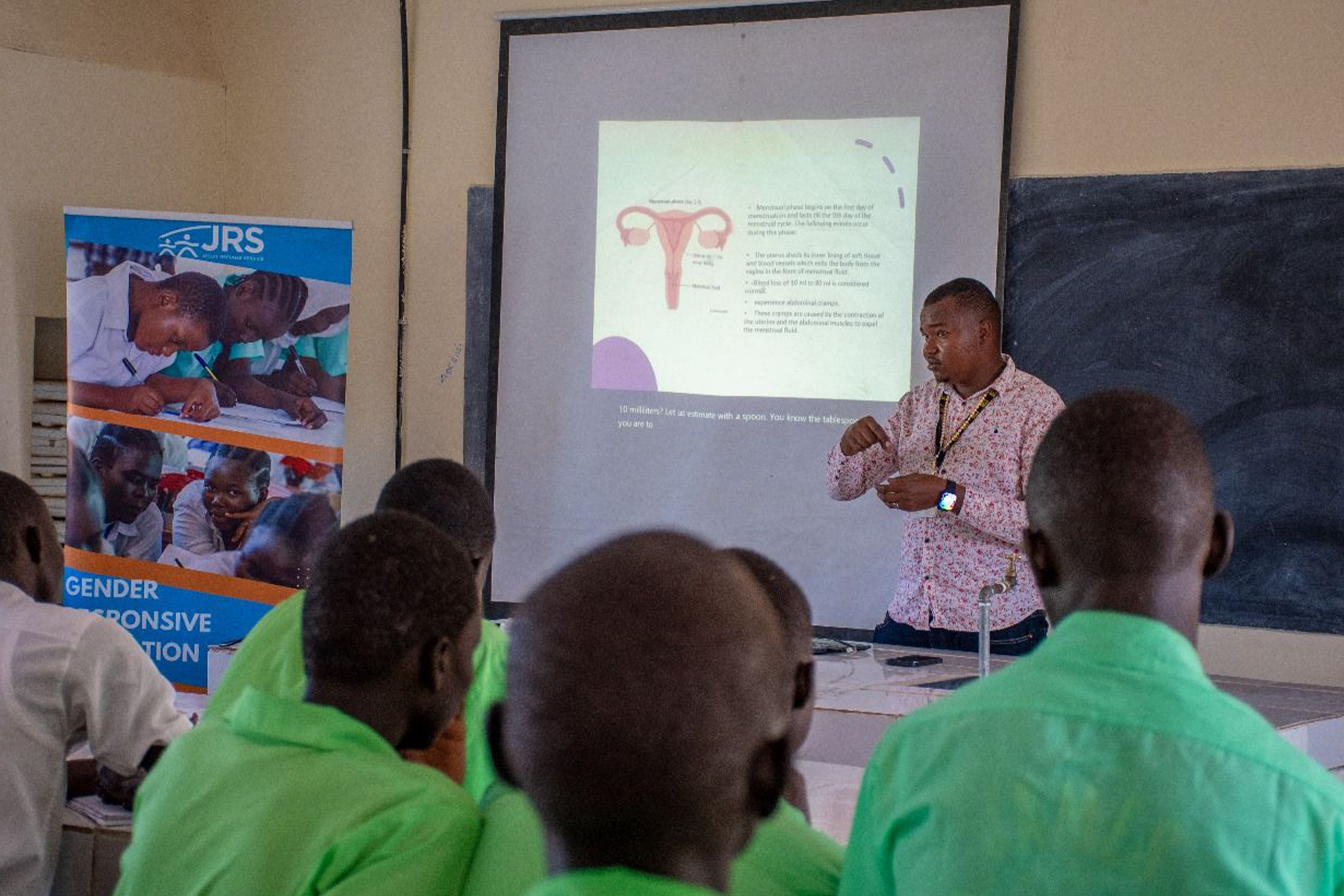Key takeaways
- More MH Day events were connected to systemic change this year
- Events help us reach people who would never be reached online, especially through media coverage
- Education sessions and community awareness activities remain the most widely used formats
<p id="a1"> </p>
<h2 class="heading-style-h4">MH Day events around the world</h2>
<p class="text-size-medium text-weight-semibold">In 2025, more than 2,000 MH Day events took place around the globe. At 2,000 different locations, people came together in 2,000 different ways. Some organised workshops or webinars, others hosted community discussions, launched new policies, or brought art, music, and movement into public space. Each event was unique, but they all shared one mission: to make the world more period-friendly.</p>
<p id="a2"> </p>
<h2 class="heading-style-h4">Events matter</h2>
<p class="text-size-regular">They create moments of meaningful exchange — the kind that social media alone cannot spark. They provide space for people who do not usually talk about menstruation to meet each other: teachers, religious leaders, parents, boys and men, business owners, policymakers, young activists.</p>
<p class="text-size-regular">And importantly, they reach people who are not always reached online, either through new participants or through media reporting on the event. They allow our messages to reach further, and especially into communities that otherwise would not have learned about our efforts and the necessity to create a #PeriodFriendlyWorld.</p>
<p id="a3"> </p>
<h2 class="heading-style-h4">Drivers of change</h2>
<p class="text-size-regular">This year, we saw not only more events, but also <span class="text-weight-semibold">more events connected to systemic change</span>. This looked like:</p>
- Governments taking public positions
- New policies and guidelines being launched
- Large-scale rollouts of education or donation programmes
- NGOs and national coalitions influencing political priorities
- Companies launching large initiatives for period-friendly workplaces
<p class="text-size-regular">At the same time, familiar formats remained central to the movement. Education sessions and community awareness activities continue to be the <span class="text-weight-semibold">most widely used approaches</span>. Many MH Day events also took place online, with a noticeable rise in live formats — especially Instagram Lives. And creative formats such as art, exhibitions, awards and performances remain a valued way to spark dialogue and shift perceptions.</p>
<p class="text-size-regular">In other words: MH Day activities are not only celebrations — they are <span class="text-weight-semibold">advocacy moments</span>. They bring menstrual health and hygiene into spaces where decisions are made. And they are an indicator of a maturing movement that knows how to use its resources best.</p>
<p id="a4"> </p>
<h2 class="heading-style-h4">What MH Day looked like across the globe</h2>
<p class="text-size-regular">Every year, we wish we could highlight every single initiative. This is simply not possible, but here are a few that attempt to reflect the breadth and spirit of the movement:</p>
<p id="a5"> </p>
<h2 class="heading-style-h4">How we count events</h2>
<p class="text-size-regular">Every year, we work to arrive at a <span class="text-weight-semibold">comparable and reliable event number</span>. We count both on-the-ground and online events that took place during the campaign period using:</p>
- The MH Day event reporting form and emails to us
- The social listening tool Meltwater
- Additional manual searches on social media
<p class="text-size-regular">A lot of care and work goes into this process, so reporting forms are especially valuable: they include more detail and allow us to <span class="text-weight-semibold">easily recognise and feature</span> your event on our platforms. Like every year, we stopped counting when we passed <span class="text-weight-semibold">2,000 events in mid-July</span>. So presumably the precise number is even higher.</p>
<p id="a6"> </p>
<h2 class="heading-style-h4">The special case of UNICEF India</h2>
<p class="text-size-regular">This year, we received a detailed report from UNICEF India, documenting <span class="text-weight-semibold">large-scale state-level activation</span> in partnership with state governments, including outreach across 37,434 schools in Bihar. To maintain comparability with past years, these large state-level rollouts were <span class="text-weight-semibold">not included</span> in the global event total. We will feature them in a <span class="text-weight-semibold">dedicated blog post</span> soon – because they deserve to be told in full.</p>
<p class="text-size-regular">Thank you to everyone who submitted event reports.</p>
<p class="text-size-regular">Your effort helps us <span class="text-weight-semibold">make your vital work visible</span> to the global movement.</p>
<p id="a7"> </p>
<h2 class="heading-style-h4">Looking ahead</h2>
<p class="text-size-regular">MH Day events are moments of connection, conversation and transformation. They allow us to truly engage in conversations, to foster understanding and reach outside of our regular circles. And most importantly, they are potent drivers of change. We can’t wait to see what you will create next year.</p>
<p class="text-size-regular"><span class="text-weight-semibold">Want your work to be more visible?</span></p>
<p class="text-size-regular">Report what you plan for your MH Day 2026 event using the reporting form.</p>
<p class="text-size-regular">Also, explore our campaign materials – posters, illustrations, social graphics and logos ready to use.</p>












